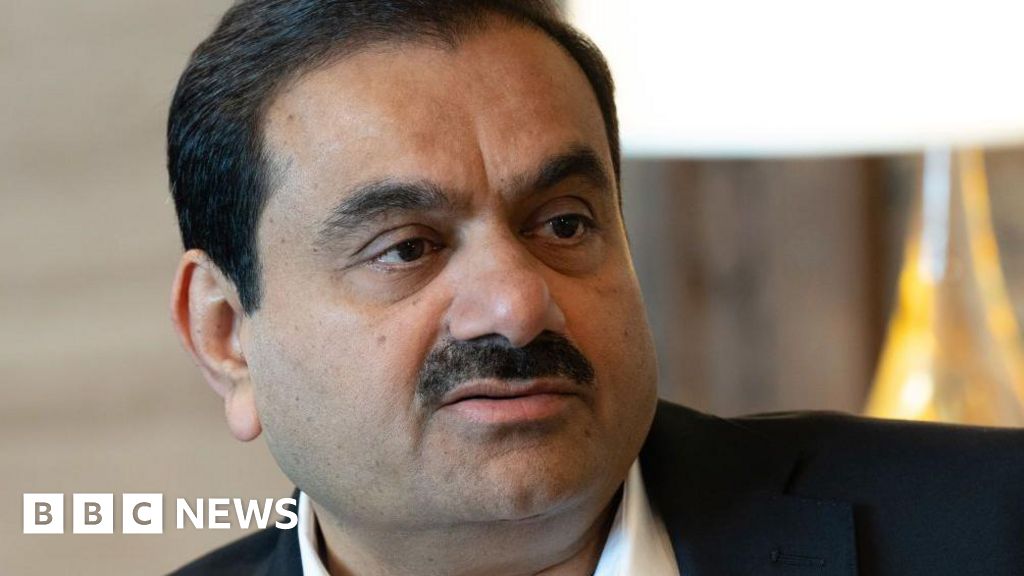A key point in the discussions surrounding the CPA pipeline concerns the impact a change to the licensure structure would have on the ability of CPAs to practice across state lines without the need to obtain an additional license or pay an additional licensing fee. There is considerable confusion about how significant an issue this really is.
To be clear: Changing substantial equivalency has a real impact on the way in which the profession does business and must be a part of the broader pipeline discussion.
As chair of the American Institute of CPAs’ Uniform Accountancy Act Committee, I have a unique perspective on the intersection of the UAA Model Act and the existing regulatory structures of the 55 U.S. jurisdictions that issue CPA licenses. I am also keenly aware, as a former regulator who served nine years on the Washington State Board of Accountancy, of the regulatory implications associated with modifications to the components that underpin substantial equivalency — which serves as the foundation of individual mobility.
If one looks back at the evolution of the UAA, one can see that while the hope was that states would adopt most, if not all, of the provisions of the model act, this was not the case. Practically speaking, this is fine. As with the requirements for a driver’s license, each jurisdiction has requirements for CPA licensure that are unique to that jurisdiction.
However, that uniqueness does not discount the existence of substantially similar requirements for licensure. Today those requirements are 150 hours of education, at least one year of experience and the passage of the Uniform CPA Exam.
And this is where reality sets in — even though flexibility already exists within the licensing system, too much flexibility would create imbalance within the substantially equivalent framework. While one state may determine that its own licensing system is substantially equivalent, that does not mean that another state may view it the same way.
States cannot control outbound mobility. For example, if a state were to change its licensing system to allow 120 hours of education, and a CPA licensed in that state wanted to practice in another state where the 150-hour education rule is hard-coded into that state’s accountancy law, the CPA may be stopped at the state border if their home state or its licensees were deemed not to be substantially equivalent.
More than half of the U.S. licensing jurisdictions defer determinations of substantial equivalency to the National Association of State Boards of Accountancy. But the key here is the provision in the Uniform Accountancy Act, which has been adopted in a number of these states, where “substantial equivalency is a determination by the board of accountancy or its designee.” Theoretically, even if a board has designated NASBA for that determination, the board could also rescind that determination and decide that the final decision rests within its own authority.
State boards have a long history of protecting the public and rely on their laws and rules to guide their work. Currently, in 54 of the 55 U.S. licensing jurisdictions, all CPAs can practice freely across borders. If states begin to modify substantial equivalency requirements, licensees who provide services to clients, either in-person or virtually, could very well slip through the cracks and not be caught in a regulatory net.
But, given the recent discussions surrounding a loss of substantial equivalency, boards are acutely aware of the implications associated with a loss of mobility. Changes in the system that governs cross-border practice may result in CPAs coming up against a state’s laws and rules, and state regulators are poised to exert their authority to ensure compliance.
The mobility that CPAs enjoy today took almost 20 years to achieve. Interestingly, state policymakers have recently sought to implement universal licensing systems to better streamline reciprocal licensing for occupations and professions. Through mobility, the CPA profession has achieved something more than what is currently being sought. If we seek to change what comprises substantial equivalency, we cannot ignore the fact that each state may make its own determination as to what is or is not equivalent. This is not a doomsday statement, but one that simply recognizes the realities of the existing regulatory structure.
The AICPA convened the National Pipeline Advisory Group, of which I am a member, in July to answer the need for a cohesive national strategy to address the accounting profession’s talent needs. The first phase of discussion, study, and data collection and analysis is underway. Part of this phase is an in-depth consideration of substantial equivalency, including alternative pathways and their potential impact on the existing mobility framework. I recommend the profession exercise caution until the NPAG completes its work before a state inadvertently shoots mobility in the foot.
But I am also a realist — I think that changes may well be made on a one-off, state-by-state basis. If this happens, then we will see firsthand what happens to mobility. CPAs will need to pay close attention if we do find ourselves in a landscape dominated by increased compliance and enforcement.
Credit: Source link











